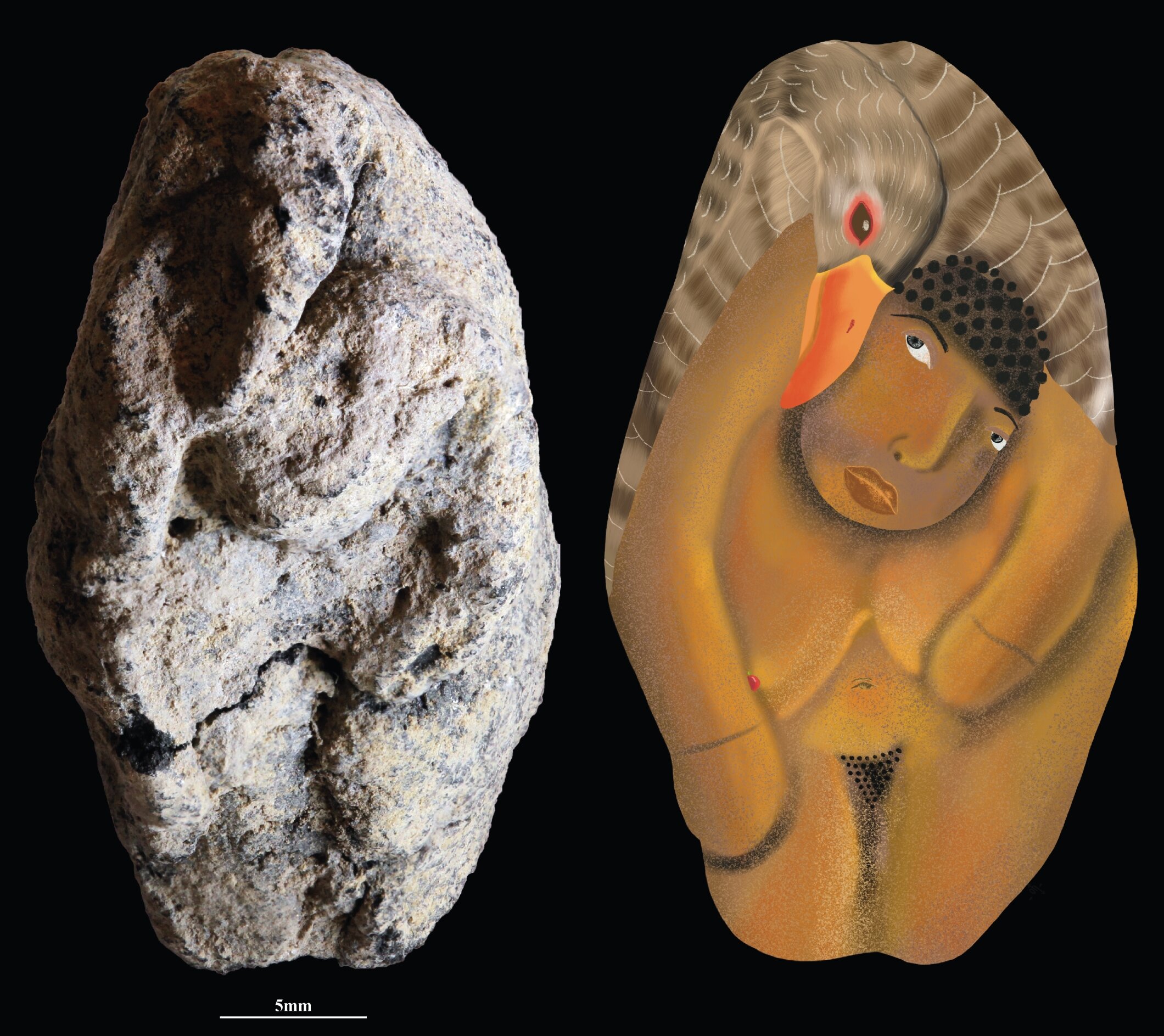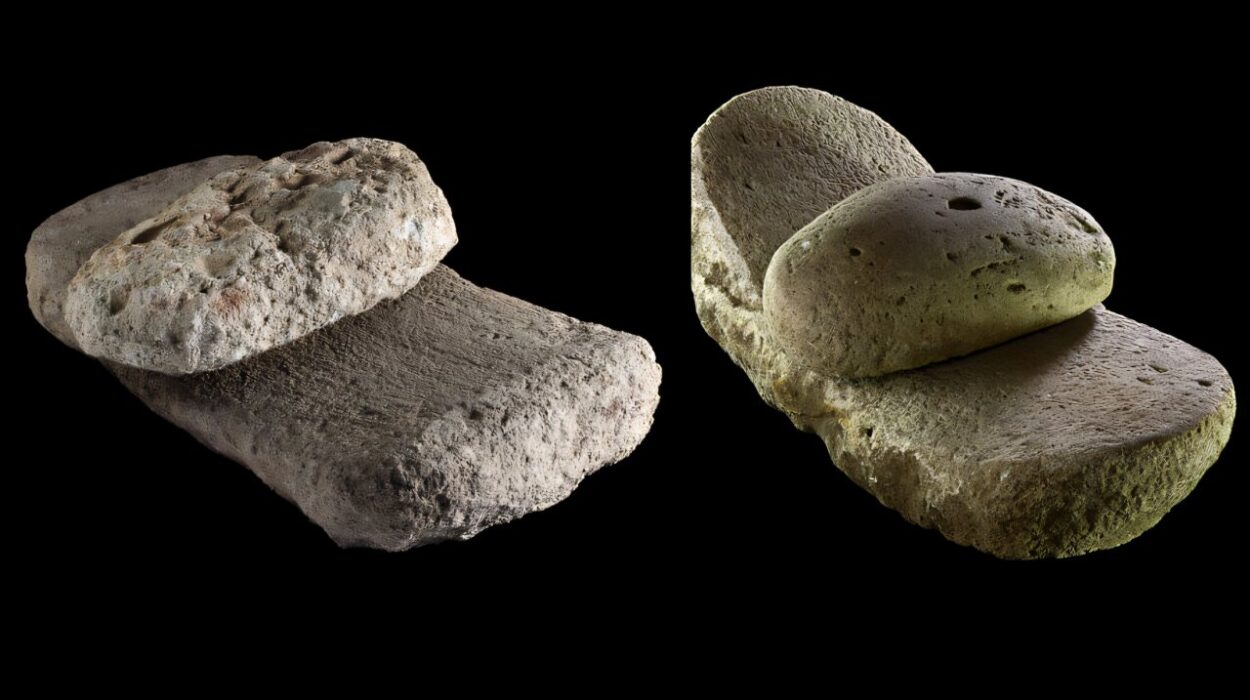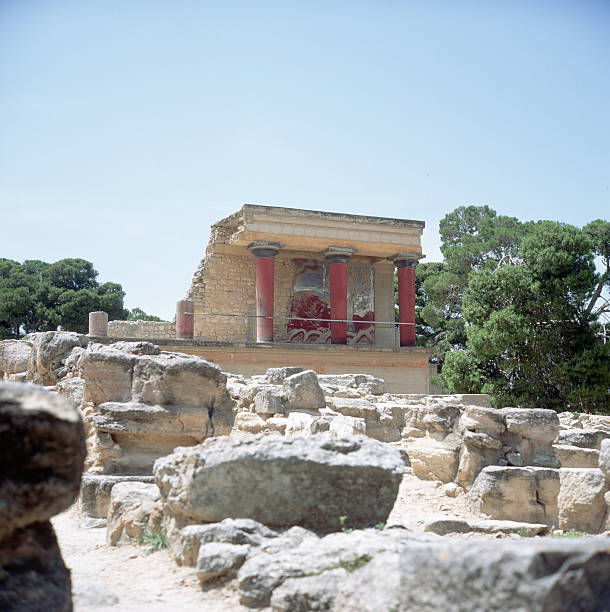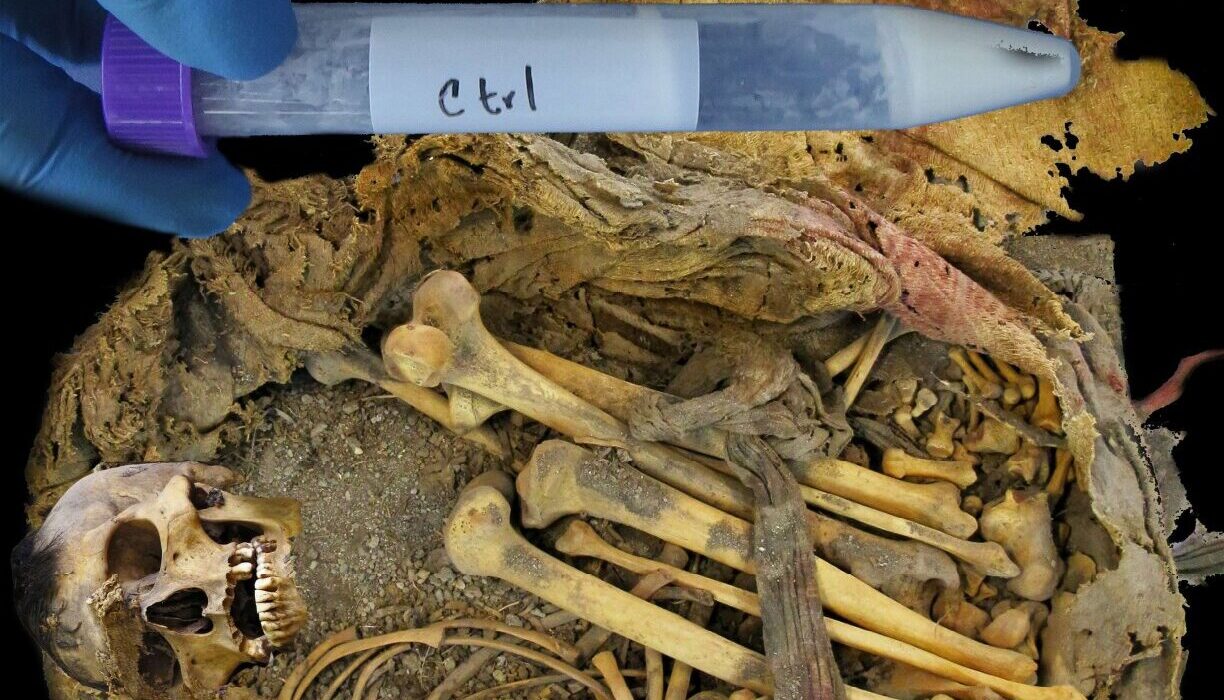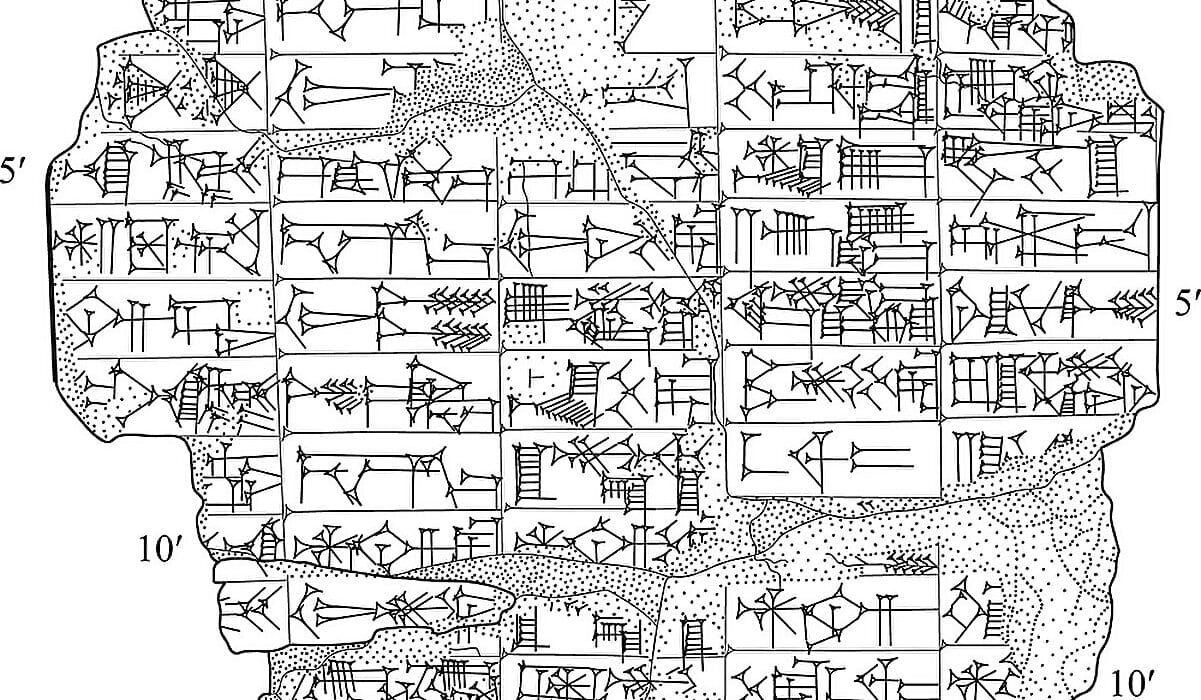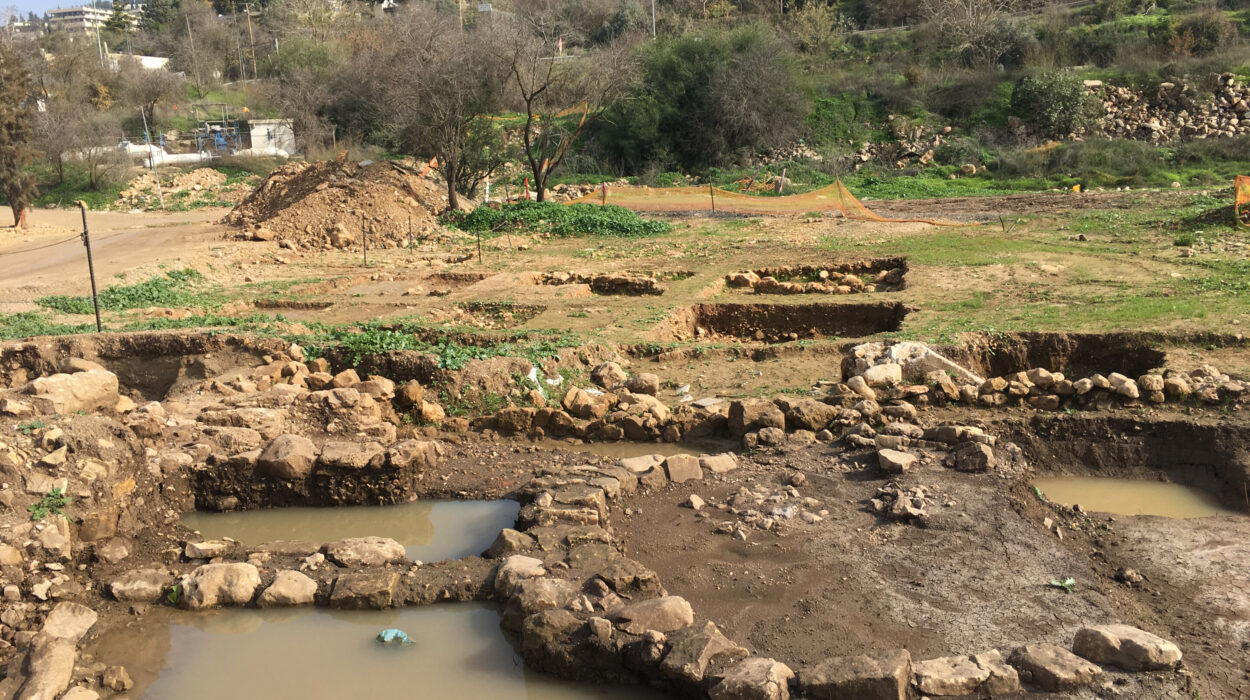In the shadow of the Sea of Galilee, where the ancient hills meet the waters, a small, 12,000-year-old figurine was uncovered by a team of archaeologists working at the Nahal Ein Gev II site in northern Israel. The discovery is nothing short of extraordinary—not only for its age, but for what it represents in the context of human culture and imagination. The figurine, a delicate sculpture of clay, depicts a woman and a goose in what appears to be a symbolic or mythological encounter, offering a rare glimpse into the spiritual and artistic world of some of the very first settled communities.
This ancient artifact, measuring just 3.7 centimeters tall, is more than just an artistic object; it is a bridge between eras. The piece predates the dawn of agriculture by millennia and gives us a fascinating window into a time when humans were beginning to shift from mobile, hunter-gatherer lifestyles to the first signs of sedentary life. What makes the figurine especially unique is that it is the earliest known depiction of human-animal interaction, and the first naturalistic representation of a woman discovered in Southwest Asia. A symbol of a culture on the cusp of monumental change, it holds clues to the origins of spirituality, myth, and the very concept of artistic expression.
A Glimpse into the Ancient Artist’s World
This small figurine, meticulously shaped from local clay and heated to about 400°C, is a product of intentional craftsmanship. The artist, who likely lived in the village over 12,000 years ago, took great care in manipulating light and shadow to create a sense of depth and perspective in the piece—an artistic innovation that would not be fully realized until the Neolithic period. Even more remarkable are the traces left behind: microscopic analyses revealed red pigment residues, likely ochre, covering both the woman and the goose, indicating that color was deliberately added to enhance the piece’s visual impact.
In fact, one of the most striking features of the figurine is a preserved fingerprint on its surface, thought to have been left by the artisan, likely a young adult or an adult woman. This human trace connects us intimately to the artist, someone who lived millennia ago but whose actions speak to us across time, through the tangible medium of clay.
The woman in the figurine is crouched beneath a goose, which perches delicately on her back. The goose, a bird that was common in the diet of the Natufian people but also held spiritual significance, appears alive in the figurine, not hunted or slaughtered. This suggests that the artist may have been invoking a scene of symbolic or mythological importance, rather than simply depicting a moment of everyday life. The image captures a deeper connection between humans and animals, a relationship that, according to researchers, likely resonated with animistic beliefs—worldviews in which humans and animals were thought to be spiritually interconnected.
The Context Behind the Discovery
The figurine was unearthed in the fill of a semicircular stone structure, a space that contained both burials and ceremonial deposits, indicating its importance to the Natufian community. The Natufian culture, which flourished between 15,000 and 11,500 years ago, marks a critical turning point in human history. It is a time when people began to settle in one place, transitioning from the nomadic foraging lifestyle to a more settled existence, laying the groundwork for the rise of agriculture.
The discovery of the figurine at Nahal Ein Gev II adds another layer to our understanding of this transitional period. It reveals that even before the Neolithic era, these early villagers were experimenting with art, storytelling, and symbolic expression. The Natufian people, despite not yet having developed agriculture, were already engaged in the complex processes of creating mythological narratives, using objects like this figurine to convey meaning and explore their spiritual world.
Supporting the idea of a deep spiritual connection with animals, the faunal remains from the Nahal Ein Gev II site show that geese were not only part of the Natufians’ diet, but their feathers and bones were also used in rituals and as decoration. This further underscores the importance of the goose, both as a food source and as a symbolic creature within the community’s worldview. Researchers suggest that the figurine’s depiction of a woman and a goose might be tapping into early mythic imagery—a symbolic language that would later evolve into the more elaborate spiritual and religious practices of the Neolithic period.
The Seeds of Storytelling and Belief
“This discovery is extraordinary on multiple levels,” says Dr. Laurent Davin, the lead archaeologist on the project. “Not only is this the world’s earliest figurine depicting human-animal interaction, but it’s also the earliest naturalistic representation of a woman found in Southwest Asia.”
The figurine’s significance reaches far beyond its artistic merit. It marks a transformative moment in human culture—a time when imagination and symbolic thinking began to take root in the collective consciousness of early humans. Prof. Leore Grosman, a co-author of the study, explains that the figurine captures a pivotal moment in human history: “It bridges the world of mobile hunter-gatherers and that of the first settled communities, showing how imagination and symbolic thinking began to shape human culture.”
This artistic innovation was not simply a new form of decoration or craftsmanship. It embodied the earliest stirrings of myth and belief. The human-animal interaction depicted in the figurine hints at a worldview where animals were not mere creatures to be hunted or tamed, but spiritual beings whose presence carried deep meaning. In this way, the figurine may represent the beginnings of storytelling, of using art to express complex ideas and beliefs about the natural world and the unseen forces that governed it.
Why This Discovery Matters
The 12,000-year-old figurine is a rare and profound artifact, one that connects us to the very roots of human expression, belief, and imagination. It offers a glimpse into a time when people, just like us, sought to understand their place in the world through the lens of art and spirituality. This figurine, created long before the advent of agriculture or written language, shows us that the seeds of storytelling, myth-making, and symbolic thinking were already being planted in the hearts and minds of early humans.
The discovery also challenges our understanding of the Natufian people, who were once thought to be simply transitional figures in the history of human civilization. Far from being primitive or rudimentary in their cultural practices, the Natufians were already exploring complex ideas through art, using clay not just to shape objects, but to shape meaning. The figurine is not just a work of craftsmanship; it is a manifestation of a world in transition, where the bonds between humans and animals were perceived as sacred and where the power of imagination began to transform the way people lived and thought.
This figurine is more than an archaeological find. It is a piece of a much larger puzzle—a puzzle that, as we piece it together, helps us understand the birth of human culture, art, and belief. In its quiet simplicity, it reveals the profound ways in which early humans began to express their deepest thoughts about the world, about life, and about the spiritual ties that bind all living things.
More information: Davin, Laurent, A 12,000-year-old clay figurine of a woman and a goose marks symbolic innovations in Southwest Asia, Proceedings of the National Academy of Sciences (2025). DOI: 10.1073/pnas.2517509122. doi.org/10.1073/pnas.2517509122
